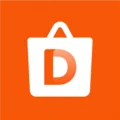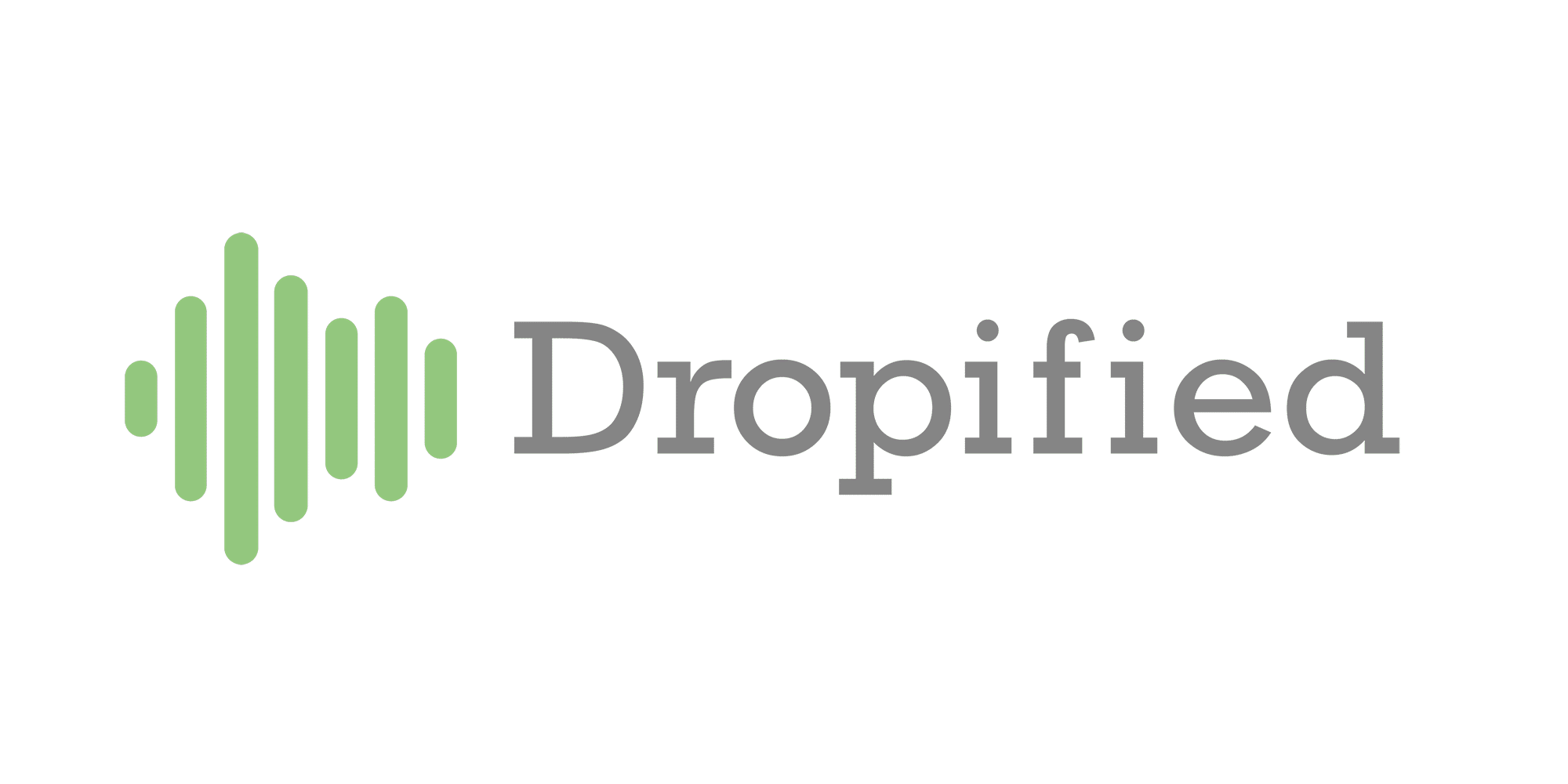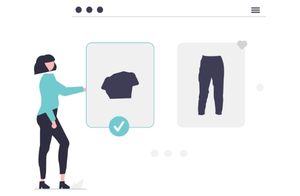Or go to our Shopify Theme Detector directly
Can you Dropship and Sell your Own Products on Shopify?
Last modified: September 27, 2023

In the search of higher revenues on your store, there are lots of different options that you can pursue. If you’re selling products you can expand the range that you’ve got at the moment or you can look for new vendors or merchants to supply products to you.
The problem with expanding the range yourself is that you need to find suppliers, invest in more stock and find areas to store that inventory. Inventory management apps, like this one here, can be a great way to help you manage your new stock, but that doesn’t mean that you can find the space for the products.
The other option, using dropshipping and new vendors (via dropshipping apps) can be a great way to expand your offerings without having to find space. This can also be a great way to expand sideways. So what are some of the tips for dropshipping for your Shopify when you’ve got other products?
| # | Name | Image | |
|---|---|---|---|
| 1 |

|
AutoDS
|
|
| 2 |
|
Spocket-World Wide Suppliers
|
|
| 3 |

|
Syncee - Global Dropshipping
|
|
| 4 |

|
Printful-Sell Printed and Embroidered Items
|
|
| 5 |

|
Sup Dropshipping
|
|
| 6 |

|
DSers-AliExpress Dropshipping
|
|
| 7 |

|
Zendrop - Dropshipping & POD
|
|
| 8 |

|
Dropshipman: Dropshipping & POD
|
|
| 9 |

|
AO - AliExpress Dropshipping by FireApps
|
|
| 10 |

|
Trendsi - Fashion Dropshipping
|
|
| 11 |

|
CJdropshipping
|
|
| 12 |

|
DropCommerce
|
|
| 13 |

|
Modalyst-Sell Brand Name Products
|
|
| 14 |

|
Ali Orders-Fulfill Orders Easily
|
|
| 15 |

|
Blanka - Private Label Beauty
|
|
| 16 |

|
Dropified-Automate Your Dropshipping Business
|
|
| 17 |

|
ProductPro
|
|
| 18 |

|
Spreadr App
|
|
| 19 |

|
Importify
|
|
| 20 |

|
Inventory Source
|
|
| 21 |

|
Roxie
|
|
| 22 |

|
Fulfillbot: Dropshipping Agent
|
|
| 23 |

|
KakaClo
|
|
| 24 |

|
Oberlo-Get the Best Produtcts for Your Site
|
|
|
Show More
|
|||
Tip 1 – Expand your Range without Competition
The first thing is that you want to expand your range without adding competition to your brand. For instance, if you sell dog food, you don’t want to add some dropshipping products that are going to compete directly, like other dog food products. However, you can add other products like dog toys, dog baskets and more.
Other options are to add products that are completely different to your brand’s current range. For instance, if you sell dog food, you can add dropshipping products that are cat food, reptile food and more. This quick expansion can help you earn more money from the same customers and even attract new customers.
Tip 2 – State Delivery Times
Some delivery times for dropshipping products can be a lot longer than your own fulfillment options. If customers expect the same lead times for delivery for new products listed on your website but are getting slower performance, then customers will leave your brand.
Therefore, be sure that on the dropshipping products that you state how long the products will take to get to your customer. This will set their expectations at the right level and they won’t bother you when products don’t arrive in the same time period as your own.
Tip 3 – Do Test Runs
Another thing that you should do is to complete a few test runs of your new products. Be sure that the quality of the products is good. You can also see if the delivery times are accurate. If not, you can adjust the timings on your website to show a more accurate delivery expectation.
In addition, you can be sure that the branding is right. Remember that many of the merchants who are listed in AliExpress and Oberlo apps can use your branding when sending out orders.
Benefits of Dropshipping and Selling Your Own Products
Shopify, as we’ve experienced over the years, offers unparalleled flexibility for online entrepreneurs. Whether you’re keen on dropshipping or selling products you’ve personally crafted, Shopify caters to both with ease. This dual nature allows businesses to experiment, pivot, and find the model that suits them best.
Flexibility in Inventory Management
When you combine dropshipping with selling your own products, you gain flexibility in managing your inventory. While your own products may require warehousing and stock management, dropshipped items don’t need physical storage, reducing overhead costs.
Expanding Product Range
Dropshipping allows you to test and introduce new products without significant investment. If a product gains traction, you can consider producing it yourself, ensuring higher profit margins.
Reduced Financial Risk
With dropshipping, you only purchase products after a customer places an order, reducing the risk of unsold inventory. This model complements selling your own products by balancing out the financial risks associated with each method.
Challenges and Solutions
Managing Dual Supply Chains
Operating both models means dealing with two supply chains. It’s essential to have robust systems in place to track orders, manage suppliers, and ensure timely deliveries.
Maintaining Consistent Branding
When sourcing products from multiple suppliers, there’s a risk of inconsistent product quality and branding. It’s crucial to work closely with trusted suppliers and ensure that all products align with your brand’s standards.
Optimizing Pricing Strategies
Pricing can be tricky when juggling dropshipped and self-produced items. It’s essential to factor in all costs, from production to shipping, and ensure that your pricing remains competitive while still profitable.
Over our many years in digital marketing and development, we’ve found Shopify’s setup process to be intuitive and straightforward. Whether you’re integrating dropshipping tools or setting up product listings for your creations, the platform guides you through each step, ensuring a smooth launch for your online store.
Conclusion: Can you Dropship and Sell your Own Products on Shopify?
Yes, you’re able to dropship and sell your own products on Shopify. But there are several things that you must do to improve the performance of your store. You don’t want customers to abandon your website because of slow dropshippers.
Keep on reading about Dropshipping on Shopify. For example How to Recruit on Your Shopify Store and How to Run Your Shopify Business When You’re Sick [2024]. Both part of our Shopify Dropshipping Apps and Shopify Dropshipping Themes lists. You can read more about Dropshipping on Shopify with our ultimate Dropshipping on Shopify guide.
-
How can you ensure a seamless customer experience when combining dropshipping and selling your own products?
To ensure a seamless customer experience, it’s crucial to maintain transparency about product origins and shipping times. Clearly indicate which products are dropshipped and might have longer delivery times. Offer excellent customer support, addressing queries promptly. Regularly update product listings based on supplier availability to avoid stock-out situations. Lastly, consider using Shopify’s integrated tools and apps to automate and streamline order management and customer communications.
-
How does the profit margin differ between dropshipping and selling your own products?
Dropshipping typically has lower profit margins due to reliance on third-party suppliers. Selling your own products can offer higher margins but comes with inventory and manufacturing costs.
-
How does the order fulfillment process differ between dropshipped products and your own products on Shopify?
The order fulfillment process for dropshipped products and your own products on Shopify differs significantly. For dropshipped items, once an order is placed, the order details are automatically or manually forwarded to the supplier, who then ships the product directly to the customer. This means you never handle or see the product. On the other hand, when selling your own products, you’re responsible for inventory management, packaging, and shipping. This requires a more hands-on approach, ensuring that products are shipped on time and reach the customer in perfect condition.





 PageFly Landing Page Builder
PageFly Landing Page Builder  Shopify
Shopify  SEMrush
SEMrush  Website Maintenance
Website Maintenance  UpPromote
UpPromote